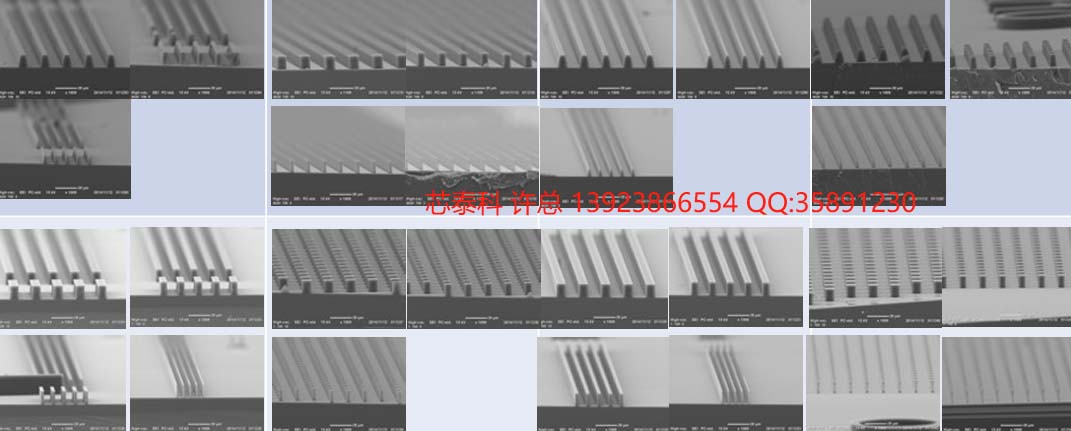Description
? Positive Resist PR1-1000A is a positive tone photoresist designed for 365 or 436 nm
wavelength exposure, using tools such as wafer steppers, scanning projection aligners,
proximity printers contact printers. PR1-1000A excels in applications when superior
adhesion is required. Use of adhesion promoters, such as HMDS is not recommended
with PR1-1000A.
? These are the advantages of PR1-1000A over other resists: - superior resolution capability - fast photospeed - superior linewidth control due to suppression of reflective notching - substrate adhesion which is superior to that of any commercial positive resist - ease of removal after RIE process - shelf life exceeding 1 year at room temperature storage.
? The formulation processing of PR1-1000A were designed with regard to occupational
environmental safety. The principal solvent in PR1-1000A is 1-methoxy-2-propanol
development of PR1-1000A is accomplished in a basic water solution.
Properties
? Solids content (%) 20-22
? Principal solvent 1-methoxy-2-
propanol
? Appearance light yellow liquid
? Coating characteristic very uniform,
striation free
? Film thickness after 100°C oven bake for 15 minutes.
Coating spin speed, 40 s spin (rpm): (nm)
800 1900-2100
3000 950-1050
4000 817-903
5000 712-788
? Sensitivity (mJ/cm2 for 1 μm thick film):
365 nm exposure wavelength 70
436 nm exposure wavelength 40
? Guaranteed shelf life at 25°C storage (years) 1
Processing
1. Application of resist by spin coating at ed spin speed for 40 s.
2. 120°C hotplate bake for 120 s or 100°C oven bake for 15 minutes.
3. Resist exposure in a tool incorporating 365 or 436 nm wavelength.
4. Resist development in Resist Developer RD6 by spray or immersion.
5. Resist rinse in deionized water until water resistivity reaches prescribed limit.
6. Drying of resist.
7. Removal of resist in Resist Remover RR4 or in acetone.
Hling Precautions
Positive Resist PR1-1000A is a flammable liquid. Hle it with care. Keep it away heat,
sparks flames. Use adequate ventilation. It may be harmful if swallowed or touched.
Avoid contact with liquid, vapor or spray mist. Wear chemical goggles, rubber gloves
protective coating.

